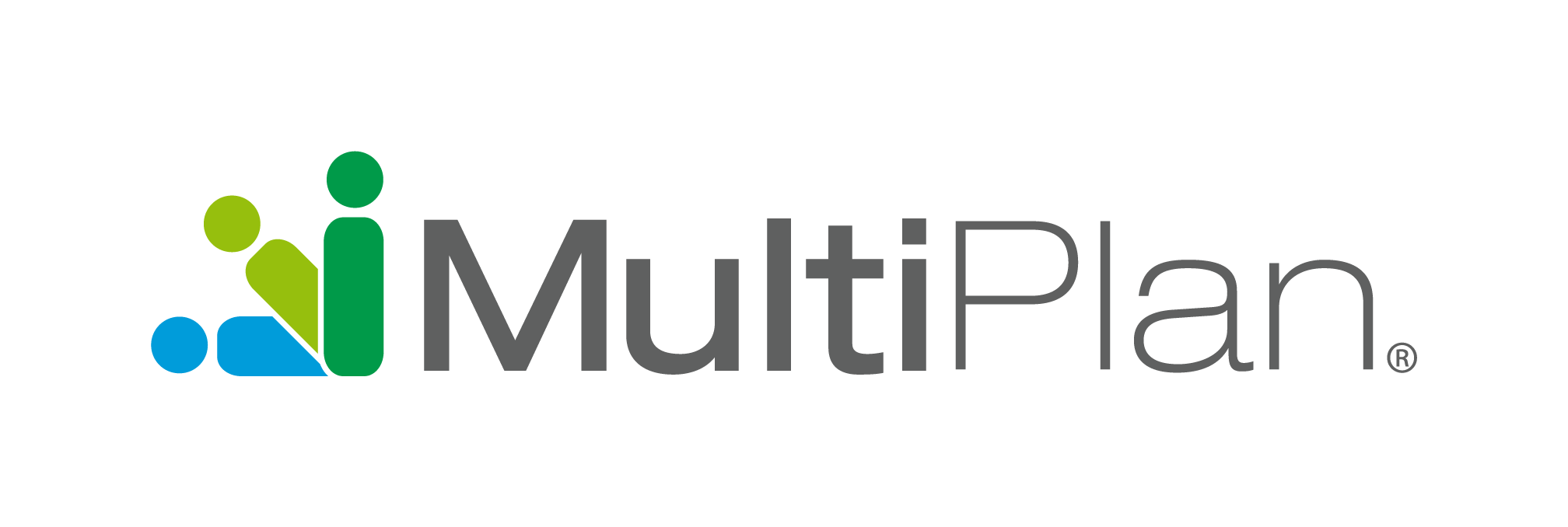The No Surprises Act introduces a new term called the Qualifying Payment Amount, or QPA, and defines it as the plan’s median contracted rate — the middle amount in an ascending or descending list of contracted rates, adjusted for market consumer price index in urban areas (CPIU).
How is the QPA used?
There are two uses for the QPA. First, it is a factor that will be considered during the arbitration process if a provider does not agree with the payor’s initial payment, negotiations are unsuccessful and the Independent Dispute Resolution process is invoked. Second, the Act also introduces a new value called the Recognized Amount (RA). The RA is the basis for determining member cost share. It is equal to the QPA or billed charges (if lesser than QPA) for self-insured plans, and for insured plans underwritten in states with no surprise billing protections (for insured plans underwritten in states with a payment standard, the state payment standard is the basis for determining member cost share). This means ERISA and select insured plans may no longer always determine the member cost share based on the allowed amount.
How is the QPA calculated?
The first Interim Final Rule, published in July, provides details on how the QPA is calculated. It must be based on contracted rates for the same or similar insurance market (individual, large group, small group, self-insured employer); geography, based on MSAs and the non-MSA areas in a state; and service provided in the same or similar specialty or type of facility. The contracted rates must reflect the total provider reimbursement amount contractually agreed, including cost-sharing, whether it’s under a direct or indirect contract with the plan. The rule mentions indemnity plans with no facility network as applicable under the Act only for emergency services, since there would be no in-network facilities for the plan. This is the form many reference-based pricing programs take today. However, the rule doesn’t describe how QPA is calculated for those emergency claims that have no network or only a professional network. The rule mentions two scenarios that could be considered in determining QPA when there are no in-network rates:
- An underlying fee schedule, defined as the fee schedule used to determine member cost share when not using the contracted rate
- A derived amount (i.e., from paid claim history)
Note that the rule also mentions select agreements with facilities that may be included with an RBP plan. These agreements must be considered when determining surprise bill status (at these facilities, out-of-network non-emergency services would be in scope) but must not be included in the calculation of QPA.
Considering QPA in your initial payment strategy
Because the QPA has such a significant influence on the arbitration process, it should be considered in the payor’s initial payment strategy. It is important to note that the No Surprises Act does not require the plan to reimburse the provider using the QPA. In fact, the Act does not define how the payor determines the allowed amount, which means any out-of-network cost management and reference-based pricing programs already in place could remain in place. Using those or different services, a payor’s reimbursement could be at, above or below the QPA. Either way, unless the initial payment is made using a network contract or pre-payment negotiation, the outcome will have implications for post-payment negotiation and arbitration.
The information provided on this website does not, and is not intended to, constitute legal advice; instead, all information, content, and materials available on this site are for general informational purposes. If you have questions about how the No Surprises Act applies to your organization, please consult your legal counsel.
Updated March 11.

